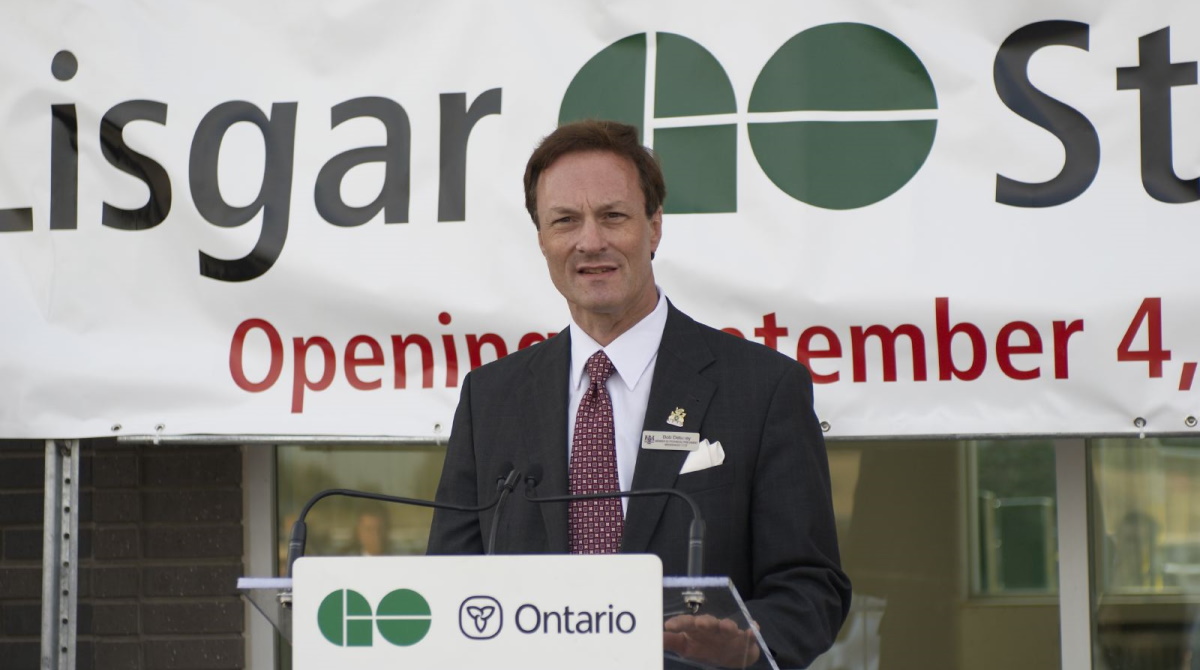A Christmas without cards
Merry Christmas and a happy, healthy and prosperous New Year for 2025. In this 2024 Christmas season, we will need to blend some legacy technology, like the telephone, with some information technology like the web and e-mail to do what I have enjoyed doing through the decades: sending a personal thought in my own handwriting to the several dozen people I like to keep greet in this traditional way every year.
...Continue reading

